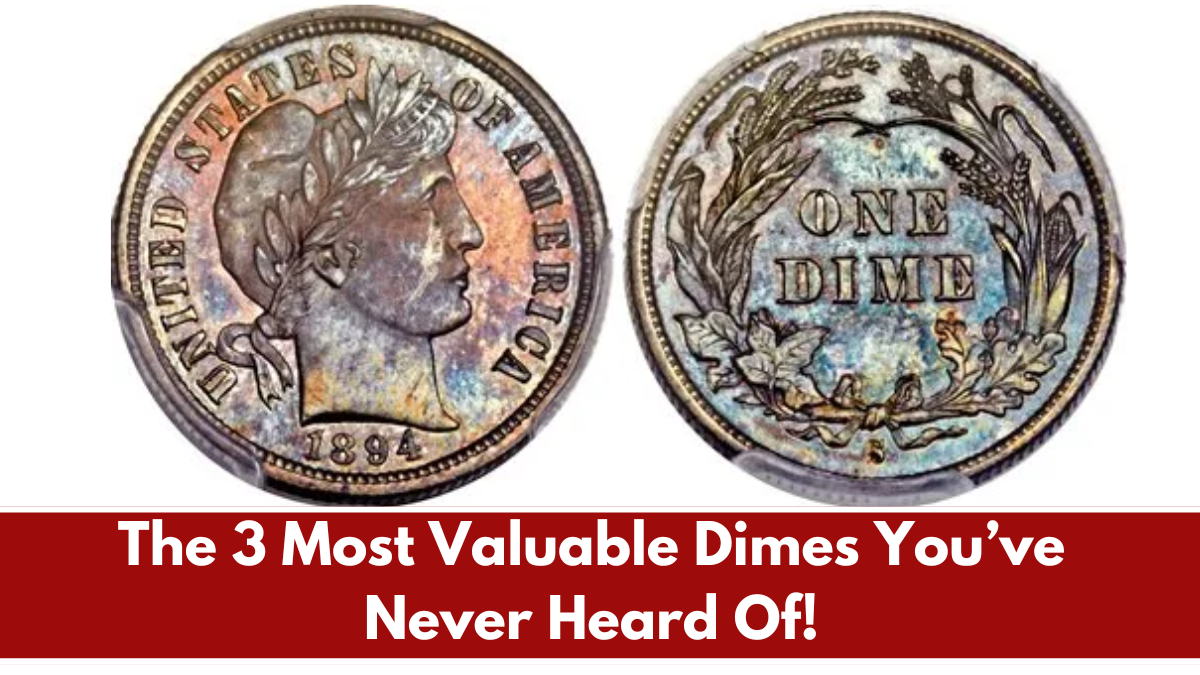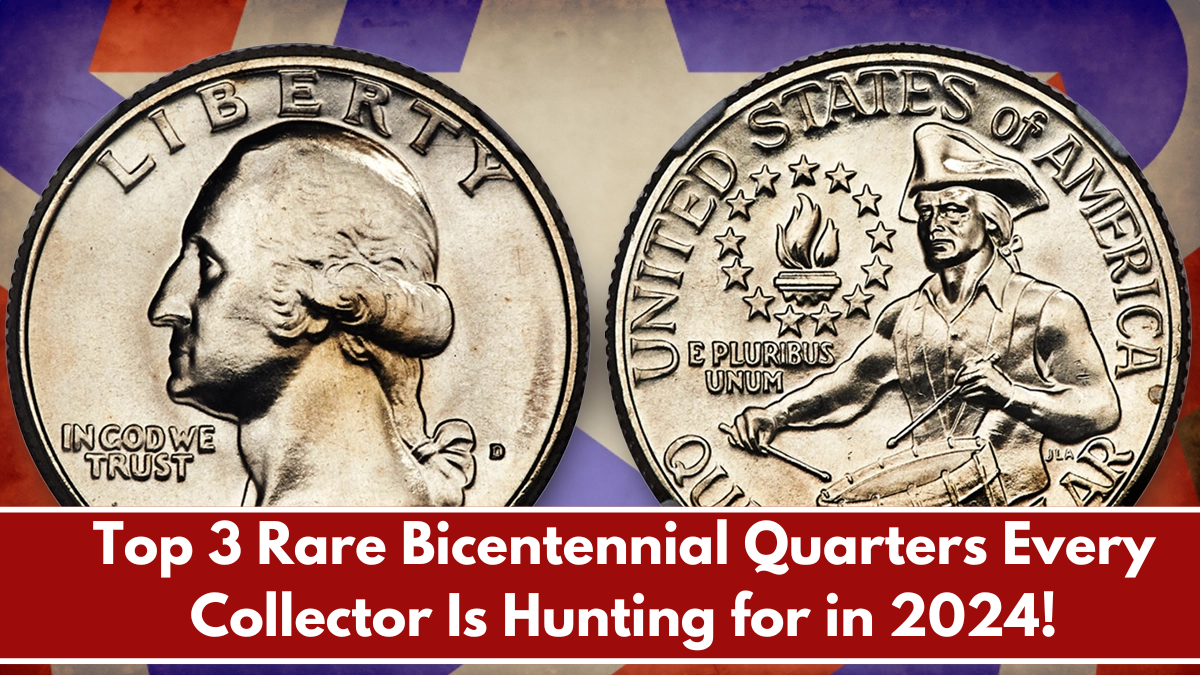While most people consider the Bicentennial Quarters to be collector’s items, there are still a few hidden gems circulating among us. The 1976 Bicentennial Quarters were issued to celebrate America’s 200th birthday, and many people don’t realize that some of these quarters are still in circulation today. In this article, we’ll explore three Bicentennial Quarters that are still accessible and could be worth more than their face value.
1. 1976 Type 1 Quarter (No Mintmark)
The 1976 Type 1 Quarter is often overlooked due to its relatively common design. However, it is still important to note that this quarter, issued without a mintmark, was struck at the Philadelphia Mint. While it’s not as rare as some other Bicentennial coins, it can still fetch a premium price depending on its condition. A well-preserved 1976 Type 1 Quarter can sometimes be worth anywhere from $1 to $10, or more if it’s in exceptional condition.
2. 1976 Type 2 Quarter (D Mintmark)
The 1976 Type 2 Quarter with the “D” mintmark from the Denver Mint is another version that is still found in circulation. This quarter features the same reverse design commemorating the nation’s 200th anniversary, but it was produced at the Denver Mint. While it is one of the most common of the Bicentennial Quarters, collectors still seek them in good condition. If you come across one in almost uncirculated or gem-quality condition, it could be worth $5 to $20.
3. 1976-S Proof Bicentennial Quarter
Although the 1976-S Proof Bicentennial Quarter is not typically found in regular circulation, some proof coins have ended up in circulation due to human error. These coins, struck with a special proof finish at the San Francisco Mint, were made for collectors and not meant for regular circulation. If you happen to find one in circulation, it could be worth hundreds of dollars depending on its grade and condition.
Finding a Bicentennial Quarter in circulation is a rare and exciting experience. Whether it’s the 1976 Type 1, Type 2, or even a 1976-S Proof Quarter, these coins can hold more value than their face value. If you come across one, take a closer look—they might be worth more than you think!
FAQ’s:
1. How can I tell the difference between the Type 1 and Type 2 Bicentennial Quarters?
The Type 1 Quarter has no mintmark (Philadelphia Mint), while the Type 2 has a “D” mintmark (Denver Mint).
2. Why is the 1976-S Proof Bicentennial Quarter valuable?
The 1976-S Proof Quarter is not meant for circulation, and if it ends up in regular circulation, it becomes a rare find due to its special proof finish.
3. How do I determine the value of my Bicentennial Quarter?
The value of a Bicentennial Quarter depends on its condition (grade), whether it’s proof or business strike, and whether it’s from a common or rare mint.
4. Are all Bicentennial Quarters worth more than face value?
Not all Bicentennial Quarters are worth more than face value. Most are common, but well-preserved or rare mintmark versions can be worth more.
5. Where can I find Bicentennial Quarters?
Bicentennial Quarters can still be found in circulation, particularly in coin rolls from banks, estate sales, or by checking your pocket change.













